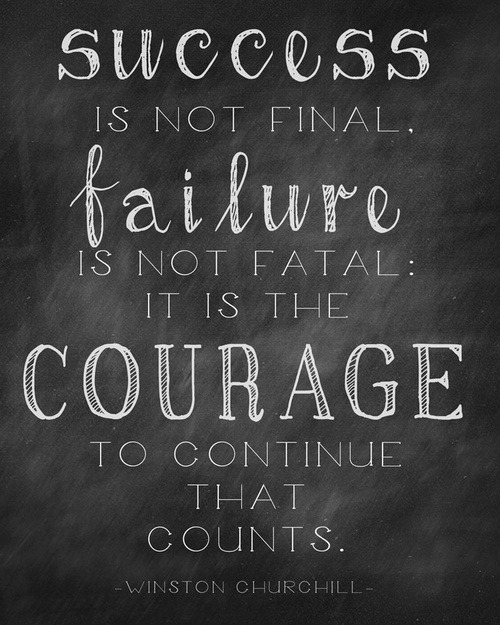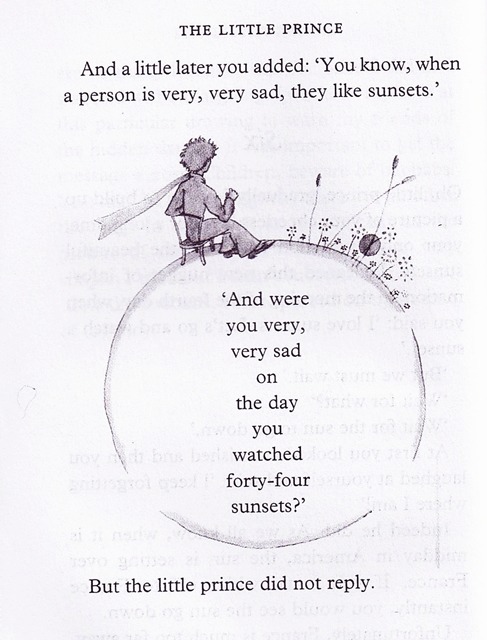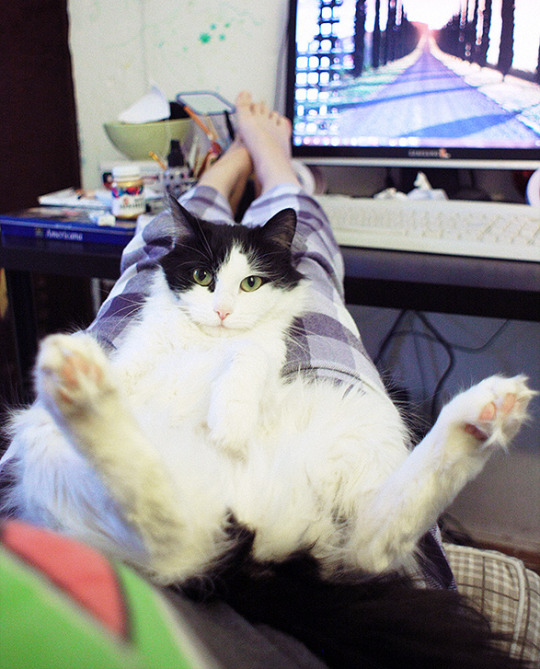Photo

Do you know every single things or paths have a meaningful story? #ASIANPARAGAMES2018 taught me many things: 1. I can learn something in a team that really made me survive alone (sometimes) and know how to face the new characters of the person 🤣🤣 #strugglingalot . 2. I met a lot of stronger people (some athletes) than me. I was really happy because it taught me that i must be grateful for everythings. You have been an inspiration to me . 3. I met some new friends and glad i could share and laugh the story with them . 4. DopingControlTeam. Hwaaa i really thank you for the great opportunity. I could learn something new and meet some awesome people. Hope i can contribute with you again . Finally, see youu again in another opportunity. Hope your day is going well 🙏😁😁😁 https://www.instagram.com/p/Bo7W-G_AF-W/?utm_source=ig_tumblr_share&igshid=6vf3s1aicd35
2 notes
·
View notes
Photo

Falling in love with this view and i want to go to there again :D
#bali#balilife#exploreindonesia#explorebali#natgeo#natgeographic#travel#travelindonesia#travelworld#beach#pandawabeach#nofilter
0 notes
Link
yes of course!!
Towards the end of last year, a shocking statistic appeared deep in the pages of a World Health Organisation report. It was this: suicide has become the leading killer of teenage girls, worldwide.
More girls aged between 15 and 19 die from self-harm than from road accidents, diseases or complications of pregnancy.
For years, child-bearing was thought to cause the most deaths in this age group. But at some point in the last decade or so – statistics were last collected on this scale in 2000 - suicide took over. And, according to the WHO’s revised data for 2000, it had already just inched its way ahead of maternal mortality at the turn of the millennium.
Yet, somehow, we didn’t notice.
I heard the statistic from Sarah Degnan Kambou, President of the International Centre for Research on Women (ICRW), at a Gates Foundation breakfast last month.
Most of my fellow guests worked in the fields of global women’s rights or female health. Yet they were as stunned as I was to hear it.
“I’m not quite sure why we haven’t realised this before,” says Suzanne Petroni, a senior director at ICRW. “Maternal mortality has come down so much, which is fantastic,” she says.
That’s a major factor behind the fall in the overall death rate for 15-19 year old girls from 137.4 deaths per 100,000 girls in 2000 to 112.6 today. It’s an amazing achievement.
And it has allowed the spotlight to fall, finally, on what has actually been the biggest killer all along: suicide.
The report looks at six global regions. In Europe, it is the number one killer of teenage girls. In Africa, it’s not even in the top five, “because maternal deaths and HIV are so high,” says Petroni.
But in every region of the world, other than Africa, suicide is one of the top three causes of death for 15 to 19 year old girls. (For boys, the leading killer globally is road injury).
It’s particularly shocking given that suicide is notoriously underreported.
“We don’t really know the extent of the problem,” says Roseanne Pearce, a Senior Supervisor at Childline in the UK. “Because the coroner often won’t record it as suicide. Sometimes that’s at the family’s request, and sometimes it’s simply to protect the family’s feelings.”
In countries where stigma is particularly high, suicides are even less likely to be recorded than they are in the UK. And the poorest countries in the WHO’s report have very patchy data on births and deaths at all, let alone reliable detail on what caused those deaths.
In South East Asia, the problem is acute: self-harm kills three times more teenage girls than anything else. (The Eastern Mediterranean, which includes Pakistan and the Middle East, has the second highest rate.)
Professor Vikram Patel, a psychiatrist who was recently featured in Timemagazine’s 100 Most Influential People for his work in global mental health, is blunt in his diagnosis:
“The most probable reason is gender discrimination. Young women’s lives [in South East Asia] are very different from young men’s lives in almost every way.”
The male suicide rate in this age group is 21.41 per 100,000, compared with 27.82 for girls.
This is the age at which girls may be taken out of school and forced to devote themselves to domestic responsibilities, forgetting all other abilities or ambitions. Hitting puberty can mean no longer being allowed to socialise outside the home. Sometimes it can mean no longer being allowed out of the home at all. And, sometimes, it can mean forced marriage.
[…]
Rhea (not her real name) is 17 and has attempted suicide twice. “Porn was everywhere in my school,” she says. Her boyfriend Andy became “obsessed with it”.
She’d “made it clear,” she says, that she “wasn’t ready to have sex,” but one evening he sexually assaulted her in a park. The assaults became routine. Rhea did nothing.
“The constant talk about porn had made me feel like what was happening was normal,” she says. She uses that word repeatedly to describe her attitude towards Andy’s assaults: normal.
“I felt trapped, like everyone thought it was normal and I had to go along with it if I wanted to be accepted.” The pressure to conform to these perceived expectations was so great that, eventually, Rhea says, “I felt like there was no way out.” She tried to kill herself.
“The suicide attempt rate for young women in the UK is extremely high,” says Prof Patel. He believes “sexual pressure” is a significant factor in their unhappiness.
Roseanne Pearce agrees, adding that “sexting is another big issue among our callers. Girls become desperate, even suicidal, because they’ve sent a picture and it’s been posted online.”
There is also relentless pressure on Western girls look a certain way: to be thin and sexy. The boys at Rhea’s school constantly compared the girls’ bodies to women they saw in porn films, almost always negatively.
[…]
But, he says, “groups that have less power” tend to be most vulnerable - suicide rates are consistently higher among the unemployed, and the economically or socially marginalised.
Young women in parts of the Middle East and South East Asia are some of the most disempowered and marginalised people in the world.
Even in the West, adolescence is a time when girls feel their choices become restricted: that they must look and behave in certain ways to be accepted.
“Gender is a pervasive global issue,” says Prof Patel. And, as we’re somewhat belatedly realising, the consequences can be fatal.”
9K notes
·
View notes
Photo

Surface projections of the major organs of the trunk, using the vertebral column and rib cage as main reference points of superficial anatomy. The transpyloric plane and McBurney’s point are among the marked locations.
Locations of specific organs:
The following vertebral levels are generally given by the middle of the vertebral body:
The oblique fissure of the right lung goes from the spinal process of thoracic vertebra 3 towards the navel
The horizontal fissure goes along the 4th rib (the original image from Gray has this line almost at the 5th rib, but this is not labeled in image, as other lung images seem to support the upper level)
The cardia of the stomach is at the level of the 10th rib
The fundus of the stomach is in the 5th intercostal space, slightly below the apex of the heart
Pylorus is usually at the L1 (the transpyloric plane)
The transpyloric plane is at the level of:
lumbar vertebra 1
the pancreatic body
the origins of the superior mesenteric artery from the aorta and portal vein
the left and right colic flexure
hilum of the kidney on the left
upper pole of the kidney on the right
duodenojejunal flexure
McBurney’s point is located one third of a line from the anterior superior iliac spine and the navel
The upper rim of the liver is in the 5th intercostal space
The left lobe of the liver is to the left of the midline
The lower limit of the liver at the midline is approximately 3 cm below processus xiphoideus
The spleen is projected against the 9th and 10th rib on the backside
The left kidney is approximately at the vertebral level T12 to L3, and the right one slightly lower.
The average position of the highest point of the spleen is at the level of the lower third of the tenth thoracic vertebra.
The average position of the lowest point of the spleen is at the level of the middle third of the first lumbar vertebra.
1K notes
·
View notes
Quote
trying to survive with these situations. WHO AM I? nothing
inhale-exhale
0 notes
Quote
It takes a hell of a lot of courage to be a nurse; nursing school doesn’t always articulate it, and the media often undervalues the realities, or glorifies a mere fraction of what we do. It takes courage to go to nursing school, for those who have no idea what they’re getting themselves into, and a sort of endurance to keep on when the ride is rough. It takes well thought out courage to figure out what area you’re going to work in, when you’ve rotated through so many units, and disciplines that your head is spinning - plus you’ve got every person giving their opinion on where you “should” start to get your experience. It takes insane courage to stand up to doctors, other nurses, and family members when things escalate and you’re the mediator, the sole person who’s trying to advocate a confident voice for a not so confident patient. It takes gentle courage to say, “Stop. No more,” letting the patient go; realizing all the extraordinary measures in the world are lost and there’s nothing more you can do. It takes a tired, yet disciplined courage to juggle heavy patient loads, many times unsafe, and still manage to deliver high quality care. It takes calculated courage to refute, and not be intimidated by the naysayers who assume nurses lack intelligence, and are perhaps medical school dropouts - or the piece of mind to ignore the nitwits who equate nurses with sexy servants as in Halloween. It takes everyday courage to be a nurse, but you won’t always see it. We’re too busy taking care of people to worry about society’s perception, or really argue a point which in the end will speak for itself.
Nurse X (via dancingnurse-ed)
153 notes
·
View notes
Quote
It takes a hell of a lot of courage to be a nurse; nursing school doesn’t always articulate it, and the media often undervalues the realities, or glorifies a mere fraction of what we do. It takes courage to go to nursing school, for those who have no idea what they’re getting themselves into, and a sort of endurance to keep on when the ride is rough. It takes well thought out courage to figure out what area you’re going to work in, when you’ve rotated through so many units, and disciplines that your head is spinning - plus you’ve got every damn person giving their opinion on where you “should” start to get your experience. It takes insane courage to stand up to doctors, other nurses, and family members when things escalate and you’re the mediator, the sole person who’s trying to advocate a confident voice for a not so confident patient. It takes gentle courage to say, “Stop. No more,” letting the patient go; realizing all the extraordinary measures in the world are lost and there’s nothing more you can do. It takes a tired, yet disciplined courage to juggle heavy patient loads, many times unsafe, and still manage to deliver high quality care. It takes calculated courage to refute, and not be intimidated by the naysayers who assume nurses lack intelligence, and are perhaps medical school dropouts - or the piece of mind to ignore the nitwits who equate nurses with sexy servants as in Halloween. It takes everyday courage to be a nurse, but you won’t always see it. We’re too busy taking care of people to worry about society’s perception, or really argue a point which in the end will speak for itself.
Nurse X (via dancingnurse-ed)
153 notes
·
View notes
Quote
Don’t be afraid to give up the good to go for the great.
John D. Rockefeller (via interruptted)
11K notes
·
View notes
Photo
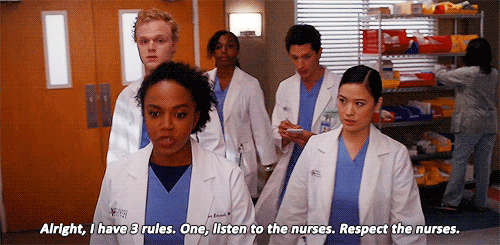
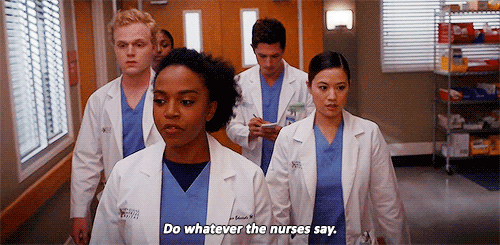
You may think you know more than the nurses. You do not. [requested by anon]
14K notes
·
View notes
Photo
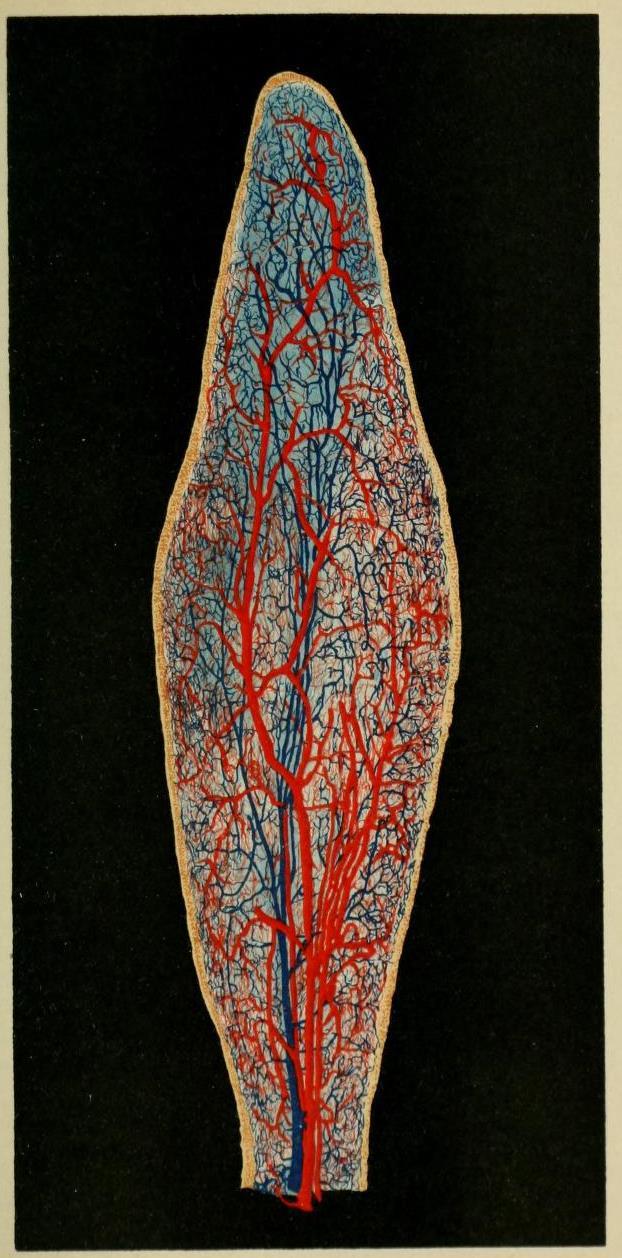
Cross-section of a young cuspid tooth
Illustrated from serial injected cross-sections. The arteries are colored red, and the veins are colored blue here. Note how vascular such a small structure is during development. If you look at the outside of the tooth, you can see a yellow periphery with lots of individual cells denoted - those are the odontoblasts. The odontoblasts form the layer between the dentin and the pulp, so we can tell that the enamel layer has been omitted from this illustration.
Atlas and Text-Book of Dentistry, Including Diseases of the Mouth. Gustav Preiswerk, 1906.
282 notes
·
View notes
Quote
Knowing someone’s story helps to make the patient more real, and it makes the job more personal. The shared narratives of others’ lives incorporate and become stories about us.
I feel myself to be a part of a stranger’s story, when it is shared with me, and passing it on feels like my sharing of a parable we’ve all heard- we know the plot, even the climax and the ending. Only the names have changed, or the costumes, or the settings, but the story is the same and is this:
We are all vulnerable; we are all a little bit crazy; we are all funny, entertaining, delicate, bold, horrible, and fantastic. We are all, in our unique and individual ways, as equally and universally fucked up as the next person. Every one of us.
There’s comfort in knowing this.
Pamela Baker (via lilredrunner)
17 notes
·
View notes
Quote
I’m often asked, “Isn’t nursing depressing?” I have experienced real depression in my life, but not because of my profession.
Nursing is the opposite of despair; it offers the opportunity to do something about suffering. But you have to be strong to be a nurse. You need strong muscles and stamina for the long shifts and heavy lifting, intelligence and discipline to acquire knowledge and exercise critical thinking.
As for emotional fortitude- well, I’m still working on that.
Most of all, you need moral courage because nursing is about the pursuit of justice. It requires you stand up to bullies, to do things that are right but difficult, and to speak your mind even when you are afraid. I wasn’t strong like this when I started out.
Nursing made me strong.
Tilda Shalof (via lilredrunner)
340 notes
·
View notes
Text
Meditation on Broken Hearts
Let us enter into a time of meditation, contemplation, and prayer.
Feel the earth beneath your feet as it supports you.
Feel the love of this community as it surrounds and enfolds you.
Feel your breath as it flows in
and out of your body.
Listen to your heartbeat.
Listen to your heart…
And how is it with your heart?
Does your heart feel whole, shielded by intellect, cocooned by reason,
closed to feeling?
Or is it broken, fragile to the touch, brimming with the pain of loss?
Or has your heart been broken and healed so many times
that it now lies open to the world,
knowing that true growth comes not without pain,
that tears may wear down barriers,
that we may carry the hearts of others
even when our own is too heavy for us to bear.
None of us has an unblemished heart, not one.
For such perfection can be found only in death,
and we who are alive still have much to heal.
So let us give thanks for the broken places in our hearts,
and in our lives.
For it is only through such brokenness that we may truly touch one another
and only through touching one another that the world may be healed.
Let us give thanks then for the brokenness that we share.
by Thomas Rhodes (source)
18 notes
·
View notes
